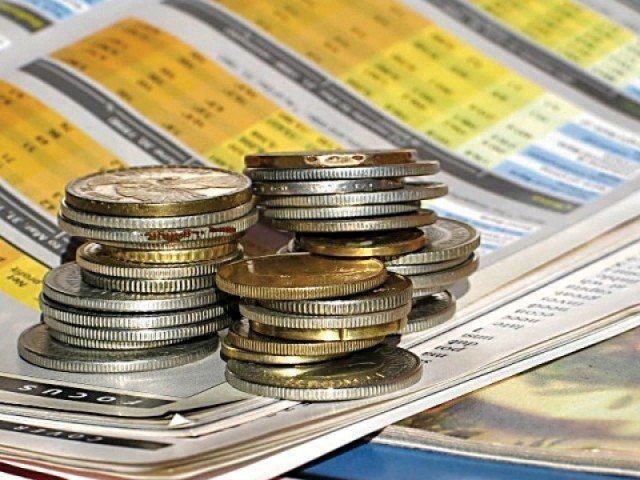
Pakistan’s external debt is projected to grow to a whopping $90 billion in the next four years and the country will need $20 billion a year just to meet its external financing requirements amid concerns that all constitutional arrangements put in place to manage debt have become ineffective.
The external debt figures compiled by renowned economist and the country’s former finance minister Dr Hafiz Pasha are about $14 billion higher than the projections made by the International Monetary Fund.
Moody’s report: International bonds weaken Pakistan’s debt affordability
Dr Pasha on Saturday shared his doomsday scenario in a National Debt Conference, arranged by the Policy Research Institute of Market Economy (PRIME) - an independent think tank.
Dr Pasha’s projections are based on official data. The $14 billion difference was mainly on account of foreign loans that will fly in to finance China Pakistan Economic Corridor (CPEC) projects. The government is not including CPEC loans in total public debt.
“At the moment, we do not have details about the loans that will be taken under the CPEC,” said Ehtesham Rashid, Director General of the Debt Office at the Ministry of Finance, while responding to these projections.
He said once details are available, the Office may have to re-do the entire debt management strategy.
There is enormous support for the CPEC in Pakistan but this game-changing corridor has financial implications for the country that have to be highlighted for better management of debt, said Dr Pasha. His comments come after State Bank of Pakistan governor Ashraf Wathra in an interview last week said there was a need to divulge more details on the debt and investment portions of CPEC, stressing the need for more transparency on part of the government.
Dr Pasha said by 2018-19 amortisation payments would double to $8.3 billion. The current account deficit - the gap between external payments and receipts - will exponentially widen to 4% of the total size of the economy against this year’s level of just under 1% of GDP, he said.
Pakistan to get another $502m IMF loan
The current account deficit will widen due to import of machinery and plants for CPEC projects, in addition to imported fuel like Liquefied Natural Gas and coal.
As against IMF’s projections of just $8.6 billion requirement, Dr Pasha said that total external financing needs, including bridging the current account deficit and repayment of loans, will alarmingly triple to $20 billion by 2018-19.
“This will push the total external debt to $90 billion by 2018-19, showing a growth of 38% over current volume of the foreign debt of over $65 billion,” said Dr Pasha.
He said Pakistan’s exports would have to improve to at least $36 billion if the alarming increase in debt was to be arrested. The country’s exports currently hover around the $24-billion mark.
Constitutional arrangements
The constitutional arrangements put in place to better manage debt are not effectively working as there is hardly any serious debate in the Council of Common Interests and National Economic Council on the debt issue, said Abdul Wajid Rana, former Secretary Finance. He said the Debt Management Office has become subservient to Secretary Finance and was not autonomous.
Transparency
Sakib Sherani, former Principal Economic Advisor to Ministry of Finance, said that the government was playing with debt numbers. His comments come after the government’s decision to exclude non-plan loans from public debt.
He said the debt-to-GDP ratio has become irrelevant in case of Pakistan as the country lacks the capacity to repay the debt even at its current 65% level of debt-to-GDP ratio.
Pakistan agrees to slap billions in new taxes
“In case of Pakistan, the debt-to-revenue ratio is more relevant. 350% would be the limit, beyond which it wouldn’t be sustainable. Currently, this ratio stands at an alarming 523%,” said Sherani.
“By 2018-19, the debt-to-revenue ratio will be over 750%,” said Dr Pasha.
In order to ensure transparency, there must be a law requiring government to take parliamentary approval of any deal signed with the foreign governments and lending agencies, said Dr Kaiser Bengali, an economic consultant to government of Balochistan.
Published in The Express Tribune, December 13th, 2015.
Like Business on Facebook, follow @TribuneBiz on Twitter to stay informed and join in the conversation.











1737618478-0/Express-Tribune---News-Desk-(9)1737618478-0-270x192.webp)











COMMENTS (56)
Comments are moderated and generally will be posted if they are on-topic and not abusive.
For more information, please see our Comments FAQ